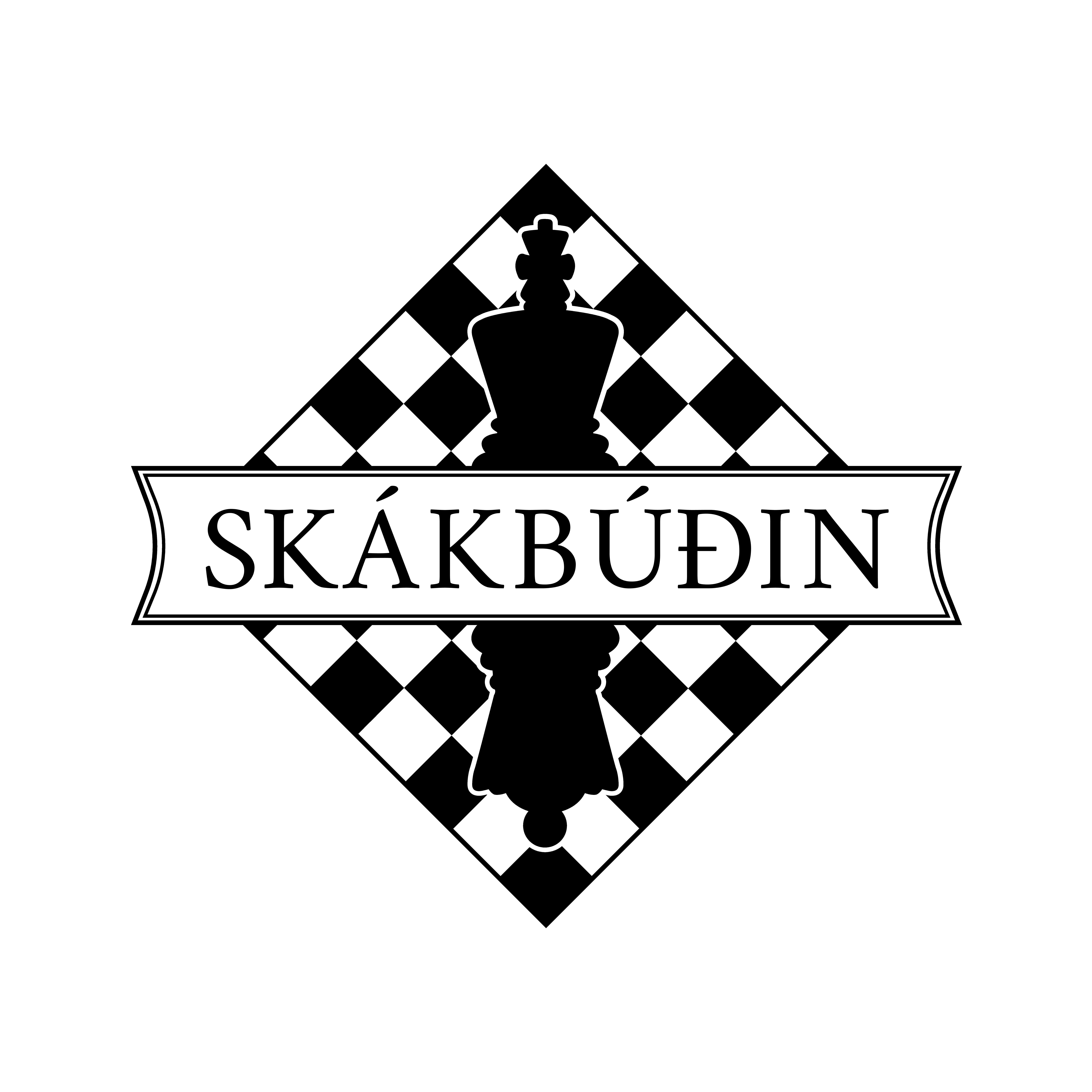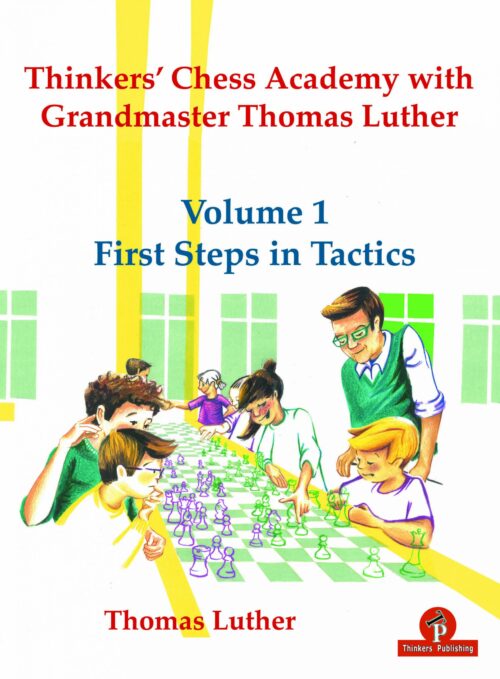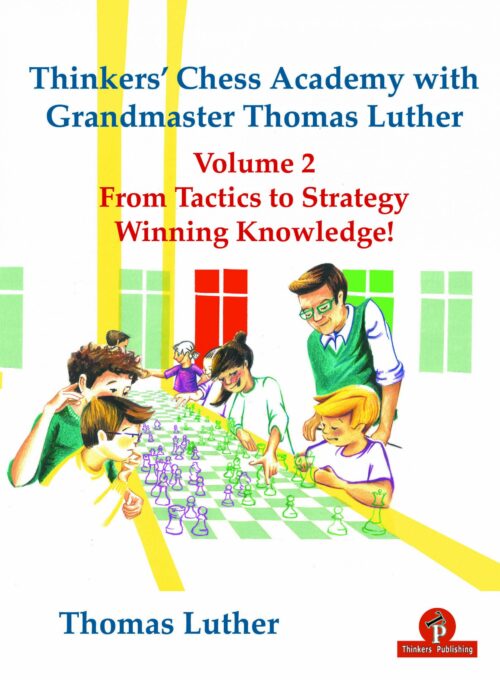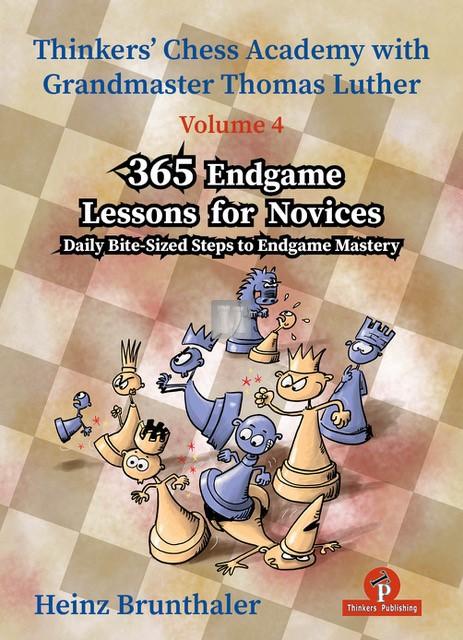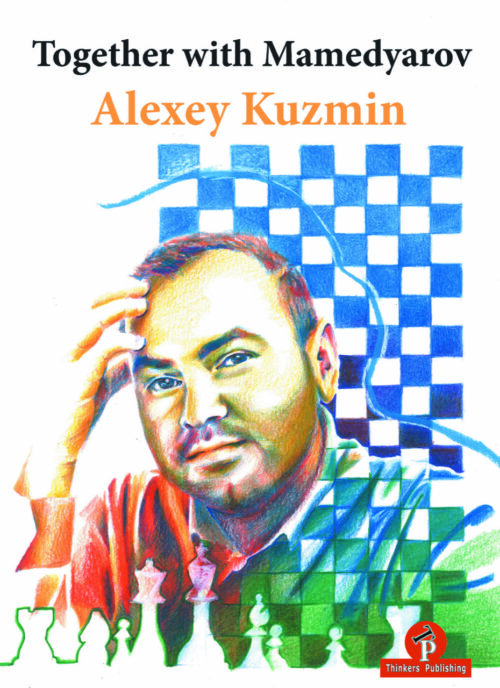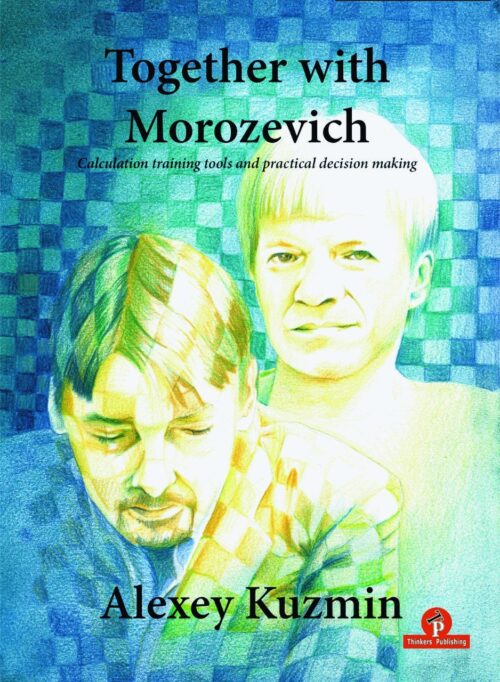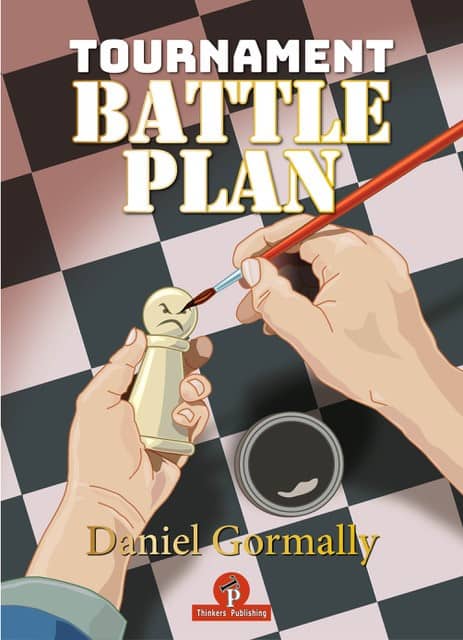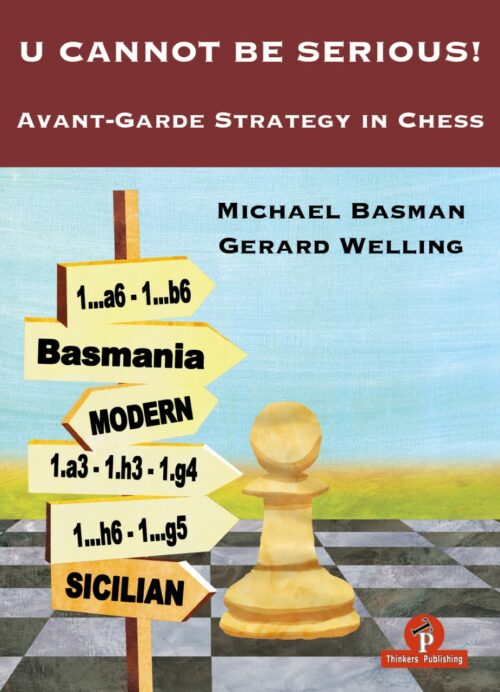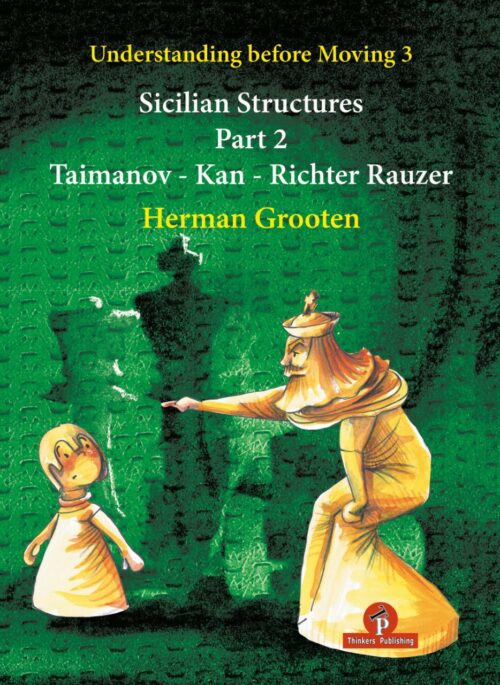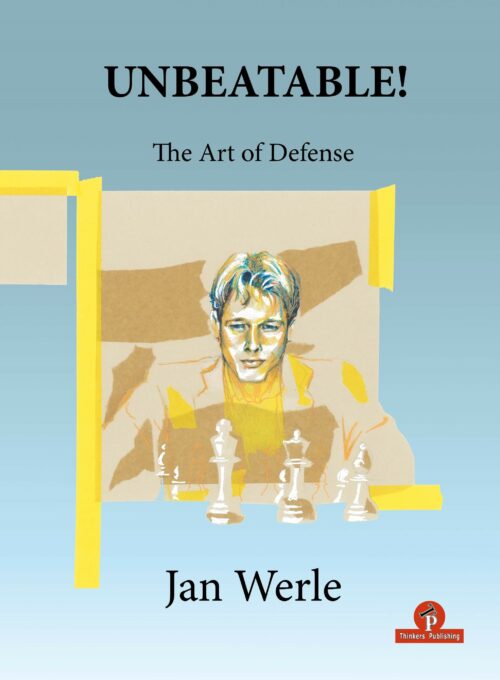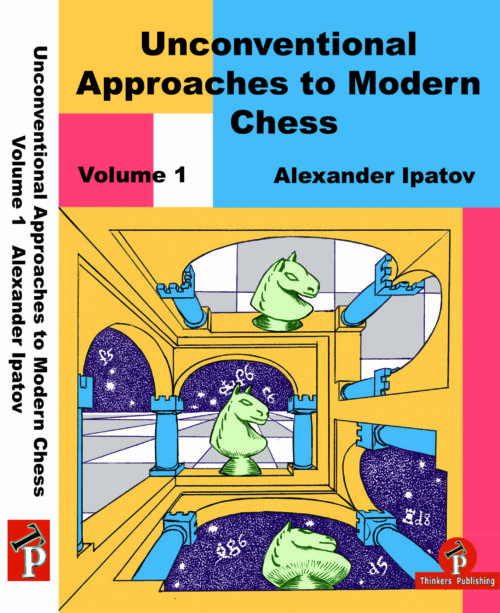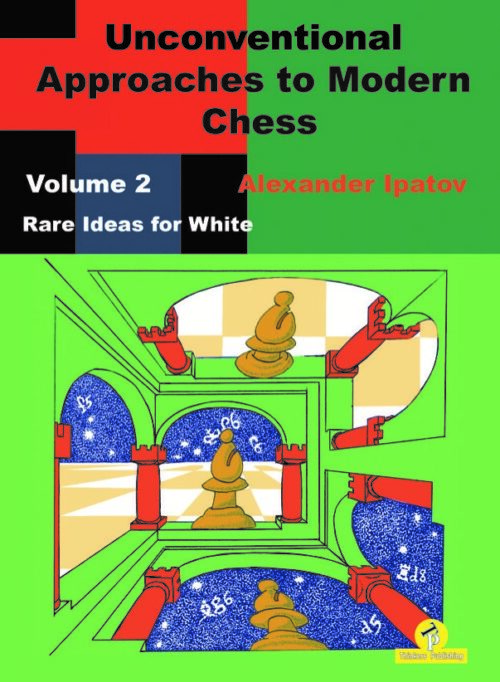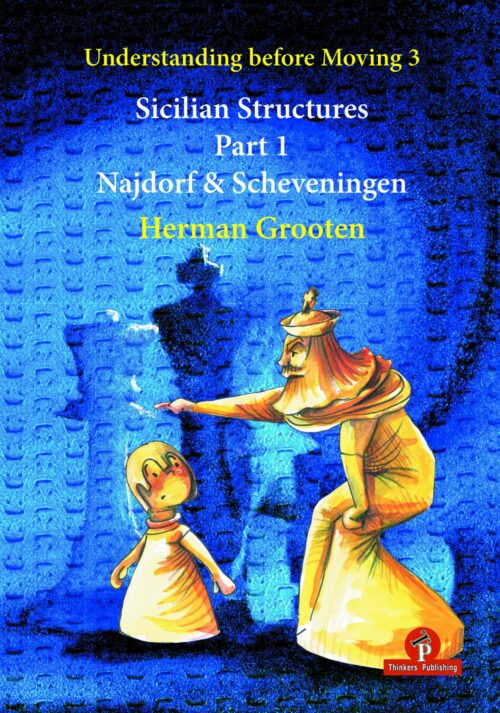-
Á útsölu!Crucial Exercises To Sharpen Your Understanding This is the third book of the Thinkers’ Chess Academy series. I thought long and hard about the best way to structure this Workbook. My idea was to make a book with additional exercises for readers of my earlier books Thinker’s Chess Academy Volumes 1 & 2 (TCA1 and TCA2 for short) while working with these books, plus material for really interested and ambitious readers to maintain and broaden the skills they have already learned.
-
Á útsölu!“Together With Mamedyarov” is not a collection of his selected games but it is primarily a study-book. It contains test positions taken from games of the famous Azeri grandmaster with detailed comments on the solutions to the tasks. In this book the solutions have been placed right after a diagram with a test except for the six positions given as a warm-up in the beginning of the chapter one. For those of you who work without the assistance of a coach would recommend that you cover the answer with a sheet of paper to avoid spoiling the benefit of solving the problem.
-
Á útsölu!This book invites the reader to enter the wonderful elite chess world with one of the most creative GM’s of all time, Alexander Morozevich. It tells about his approach to the core of fighting, about his strongest points but also about his weaknesses. It presents masterpieces and painful losses. However, the author not only shows a panorama of his creativity but also offers the reader to think over the problems together with ‘Moro’. You can simply take place in his seat, look through his eyes and finally play like Morozevich!
-
Á útsölu!Nýtt inn! Vertu öðruvísi og hugmyndaríkur við skákborðið. Komdu andstæðingum þínum á óvart. This book is written with the intention to introduce the reader to the creative chess ideas of Michael Basman. He gave up more intense regular tournament chess around the turn of the millennium, to concentrate his energy on the development of school chess. And that is what he is mainly known for in recent times, as the motor who made the UK Chess Challenge blossom. Nowadays the yearly nation-wide school competition still attracts around 40,000 children, and that is not even the record. […]
skákbækurTómas Veigar Sigurðarson2023-06-12T16:33:59+00:00
